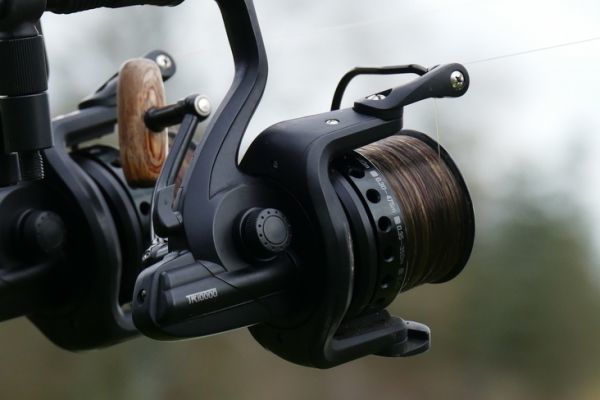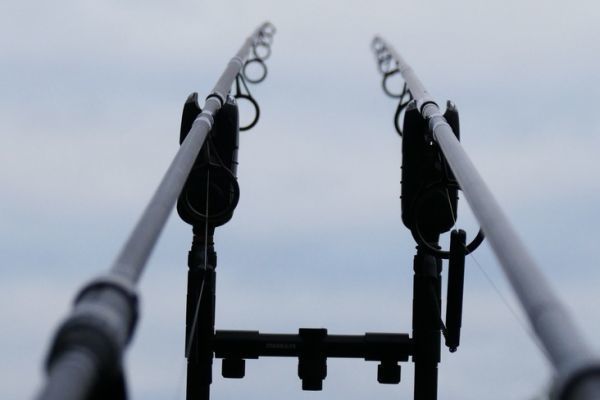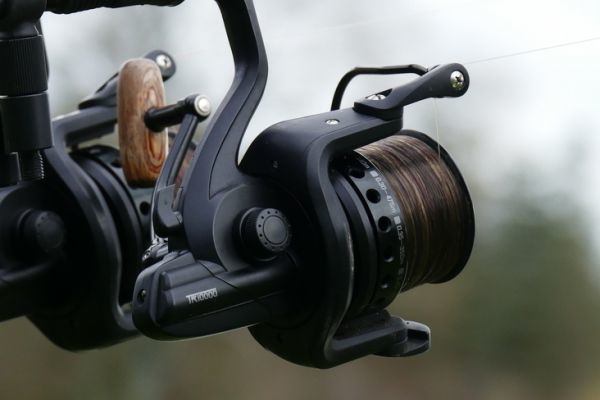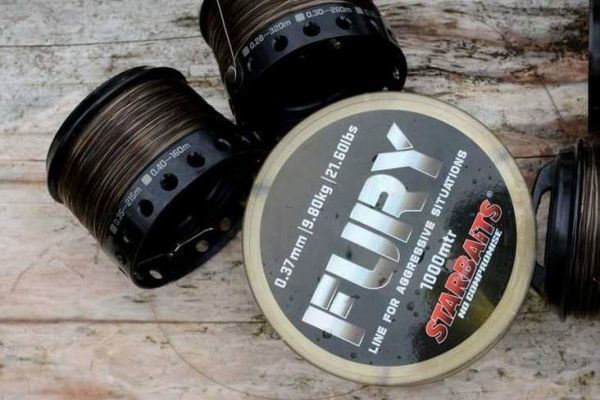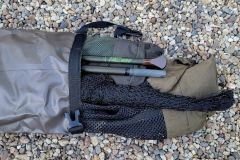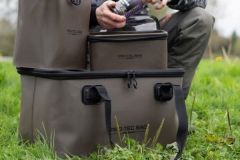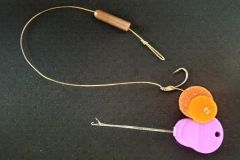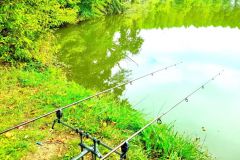We saw in another article that I recommend a 12-foot, 3-pound power rod like the Starbaits M4 T-SPEC for beginners. The choice of reel should be based on the same criteria: budget, pleasure, versatility and value for money. And, of course, the choice of rod should also be taken into account.
Here again, I'll try to give my opinion and make a choice, just one. I repeat, for the subject at hand, one person's choice is not necessarily another's, as with rods. So I'll give you what I think are the criteria for a good reel for beginners. But when you're just starting out, you expect a clear and precise answer. I'll give you mine.
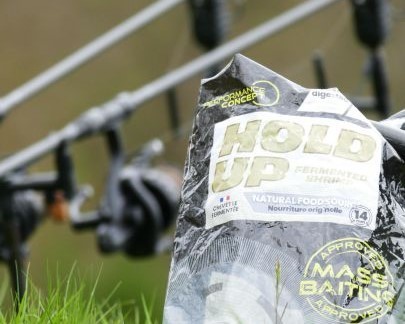
Front or disengageable brake?
A disengageable reel has two brakes. One for fighting, the other for starting. This type of reel therefore has two adjustment knobs for the aforementioned brakes. When starting, simply wind the reel to switch to the fighting brake. Very much in vogue a few decades ago, they're making a comeback, but I don't necessarily find them suitable for beginners, as they require more handling. I therefore recommend a reel with a front drag only.
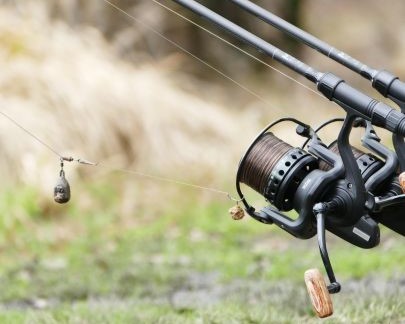
Reel weight
For better control of both fighting and casting, I advise you to take weight into account. All the more so with a 12' 3 lbs rod. Otherwise, your rod and reel combination is likely to be unbalanced and unpleasant. Often, the bigger the reel, the heavier it is, except of course for the very top of the range.
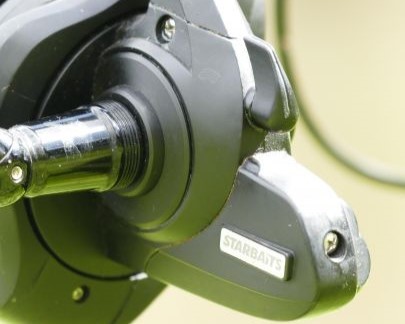
Reel capacity
The capacity must be over 200 m in 40 hundredths, which means over 400 m in 30 hundredths. Useless, you may ask? Yes, in 30 hundredths, but not in 40. After all, don't expect to throw at 250 metres! However, you may need to take a line in a boat far from the shore, and why not in 40 hundredths if conditions so require. And you don't want just a few metres left in the spool! The capacity and size of the reel are linked to the models, which often come in 8000, 10000 and 12000, at least for those designed for carp fishing.
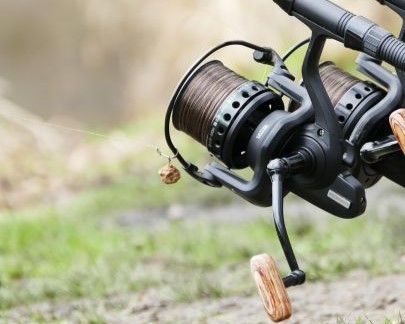
Brake power
I see many beginners neglect the choice of their reels. They often buy a small, low-end reel. In addition to the criteria developed above, the power of such reels is often too low, which is no guarantee of versatility. For greater versatility, a brake power of 10 kg is a good compromise.
Coils
The spool needs to be of a substantial size, not only to provide an interesting line capacity, but also to be suitable for the most demanding casts. A spool too small would be a handicap in terms of capacity, but above all in terms of casting performance. An extended spool with good capacity is therefore preferable. Another important point: choose a reel with an extra spool, so useful when you need to use a different diameter of line or braid without changing reel.
TMV and ratio
The crank turn is the recovery in cm in one crank turn. To start carp fishing, you need a minimum of 90 cm. If not, you'll find it takes a long time to reel in your line. The ratio is the speed at which the reel can wind your line. It should be at least 4:1, i.e. one crank turn for four rotations.
Taking all these criteria into account (many more could come into play, of course), as well as budget and the rod model selected, I'd advise beginners to go for a type 10000 front drag reel like the TRON 10000 from Starbaits. The M4 T-SPEC 12ft 3lbs/TRON 10000 combination will be perfectly balanced and versatile for a good start and progression.

 /
/ 